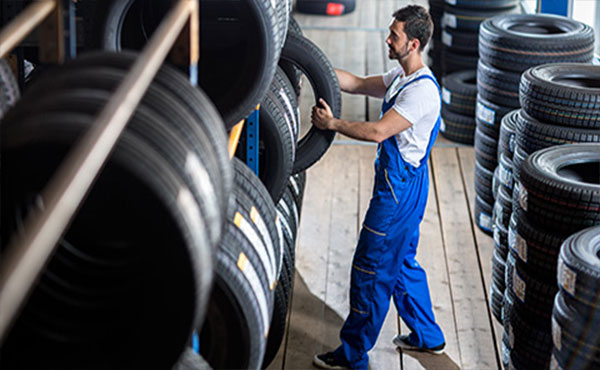
Of course, your vehicle’s lifespan may include one aspect that most car owners need to pay more attention to: the lifespan of their tires. However, determining how long a part-worn tire will last is critical in determining your safety on the road and your car’s performance. So, what drives the probability of having an average life expectancy of part-worn tires? Throwing the curtains open, let us go deeper into the actualities.
Factors Affecting Tire Lifespan
New tires share this feature with part worn tyres wholesale in that they are also determined by various factors that affect the tire’s lifespan. Many factors, including the tread depth, frequency of use, and type of roads that the car frequently uses, determine when precisely a tire will require replacement.
Ways of Identifying the Remaining Life of A Part-Worn Tire
The remaining lifespan of your tires depends on the following factors: the tires’ age, the tire’s appearance tire, and consulting with an expert. It can help you determine what steps to take when it is time for your car’s new set of tires.
The expected useful lifespan of a part-worn tire
There are estimates of the general longevity of tires and worn tires, but various factors stemming from experience can affect this average. Several elements are likely to affect how helpful your tires can be to you: the general wearing patterns, levels of inflation, and maintenance régimes, among others.
Consequences of Wear Resistance of Tires for Safety
Longevity has a direct relationship with life expectancy on the road.’ ‘the road adhesion, the ability to stop the car at a certain distance, handling, etc., depends on the state of your tires. Make sure that you replace them at the right time to avoid the dangers of using the wrong ones and the dangers of encountering other users on the roads.
The following Australian study aims to prolong the usage of part-worn tires.
Other good practices that should be employed when using part-worn tires are rotation, alignment, and monitoring tire pressure to extend the life of the tires. Though this is focused on the tire, it is essential to understand that taking care of tires increases not only their life but also the time you can have full control of the car.
When to Replace Part-Worn Tires
Knowing when to change part-worn tires is essential to avoiding the dangers associated with handling them. Some of the signals include tread wear bars, irregular wearing patterns, and general wear and tear on the outer surface of the tires.
It is essential to replace tires at the right time. The following are the benefits.
There are so many advantages to changing tires when due. They include diminishing the risk of being involved in an accident on the roads, enhancing the performance of your car, and reducing the expenses of repairing or eradicating more damage to the car.
Some typical misconceptions about part-worn tires
Some of the myths include that part-worn tires are always dangerous when, in reality, they are safe; they wear out faster than new tires. Knowing these myths can help you make the right decision about which tires to use.
Environmental nuisance of part-worn tires
It is also important to consider the effects on the environment. Improper disposal of used tires, together with looking for environmentally friendly tires, can go a long way in eliminating the impacts caused by tire waste products.
Conclusion
All in all, it is critical to grasp the average useful life of wholesale part worn tyres for every car owner. By maintaining your tires, knowing when it is time to change them, and dismissing myths, you will always ensure your safety and that of everyone who uses the car.
FAQs
Are part-worn tires legal?
How can I check the age of a tire?
Can part-worn tires be as safe as new tires?
What should I do with my old tires?
Is it worth buying part-worn tires?